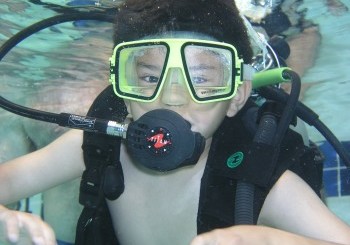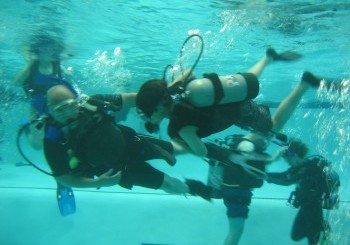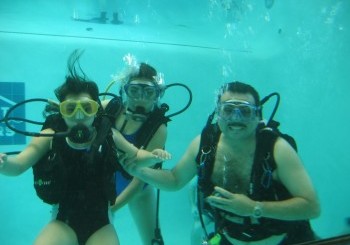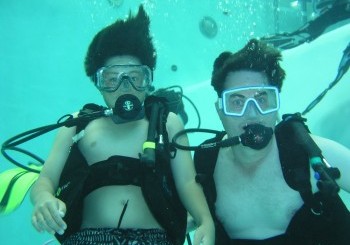Exploring the Twilight Zone: Scientific Diving in the Mesophotic Zone
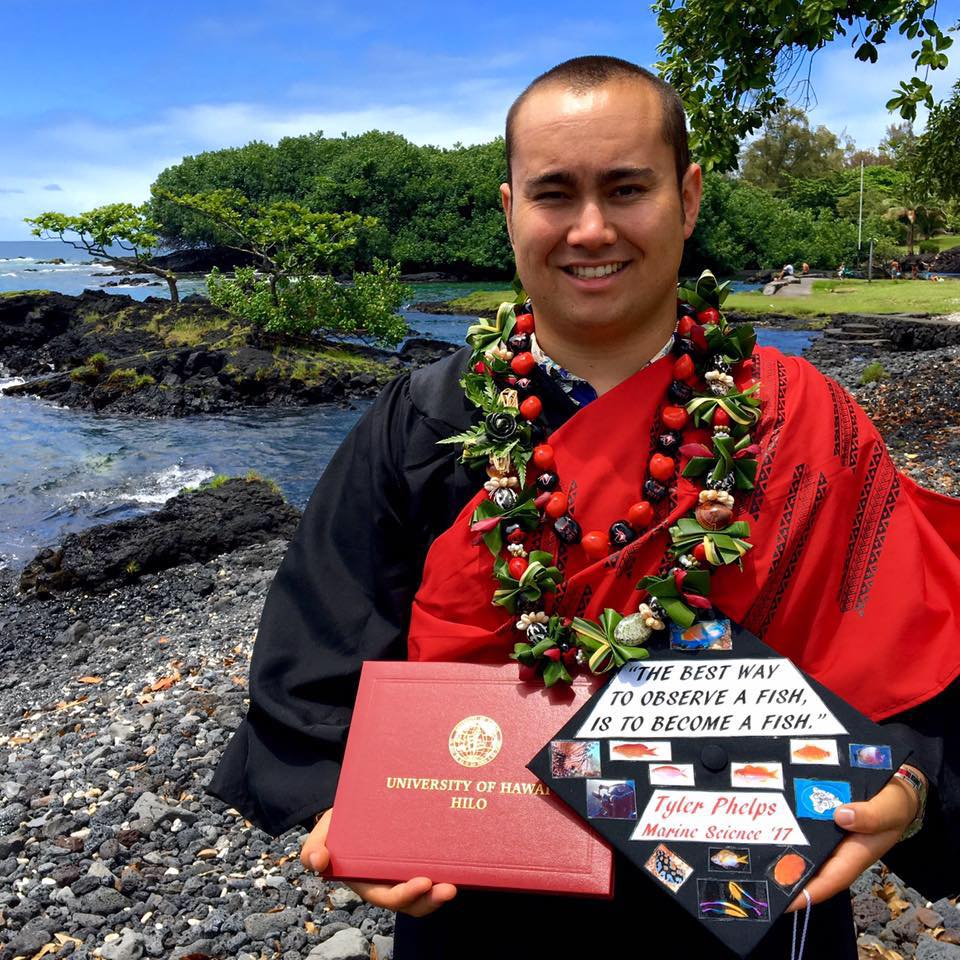
“It is a middle ground between light and shadow, between science and superstition, and it lies between the pit of man’s fears and the summit of his knowledge…It is an area which we call the Twilight Zone.” (1959 Twilight Zone film) Indeed this is how it feels to study mesophotic coral reef ecosystems (MCEs) or otherwise known as “the Twilight Zone.” MCEs are a zonation of reefs that receive intermediate levels of light between 100 feet and 500 feet beneath the surface. These reefs have been largely unexplored since they are beyond the limit of recreational scuba divers and are ineffectively shallow for costly deep submersibles. Advances in mixed-gas closed circuit rebreather technology are now making it possible for scientists to investigate these unique ecosystems and document new species. As sea temperatures and anthropogenic stressors continue to rise, it’s hypothesized that MCEs may become an area of refuge to shallower photic zone species. Tyler Phelps, an Aquarium of the Pacific VolunTEEN alumnus, will share his current research on these topics as a graduate student with the California Academy of Sciences. From his humble beginnings growing up in Long Beach, to the new species he has been involved in discovering around the world, Tyler hopes to meet aspiring marine scientists and those considering the rigorous of technical diving.
From his humble beginnings in Long Beach, CA, as an Aquarium of the Pacific VolunTEEN alumnus, to discovering new species at 500 feet with the California Academy of Sciences, Tyler Phelps has lived an exciting 25 years thus far. His determination persisted after choosing a marine science career by third grade, at Naples Bayside Academy. His hard work ethic was molded from swimming and water polo practice at Wilson High School, where he graduated with high honors. To make his research goals a reality, he made the hard choice of leaving his friends and scholarships at Soka University, transferring to the University of Hawai’i at Hilo in his sophomore year. During his studies Tyler learned about the unexplored mesophotic coral reef ecosystems that lay out of reach to most scuba divers. The opportunity to document new species and new patterns of fish ecology ignited a fire within him. Knowing he would need to use mixed gas closed-circuit rebreathers to investigate these depths, he sought out the best training and equipment to accomplish his goals. At UH Hilo he balanced his class schedule with training hundreds of divers through the university, continuing his deep proficiency dives and managing his own business. His company, Balanced Divers, offers international diving and first aid instruction ranging from entry level to Instructor Trainer. Tyler graduated with his Bachelor of Science in marine science with a minor in chemistry and certificate in reef fish monitoring from UH Hilo in 2017. His scientific publications range from developing new surveying methods using underwater scooters, to documenting a new shipwreck outside of Pearl Harbor, to new species descriptions. He has written dozens of publications on diving safety topics and has been a contributing author in several leadership development textbooks. As an undergraduate, his research has won state and national level awards. Today when Tyler is not writing, diving or teaching, he enjoys volunteering as Boat Crew with the U.S. Coast Guard Auxiliary. Tyler is currently a graduate student with the California Academy of Sciences in San Francisco pursuing mesophotic fish ecology research as part of their global Hope for Reefs Initiative. After he accomplishes his goal of earning a PhD in Ecology and Evolutionary Biology, Tyler hopes to have his own lab at an institution that can offer opportunities for students to gain hands on experience while impacting their communities.
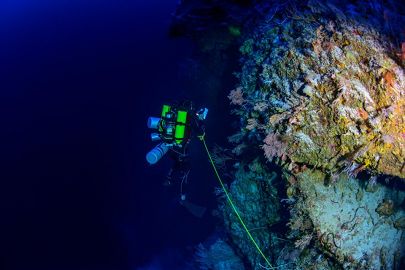
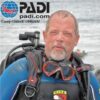 Previous Post
Previous Post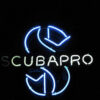 Next Post
Next Post


